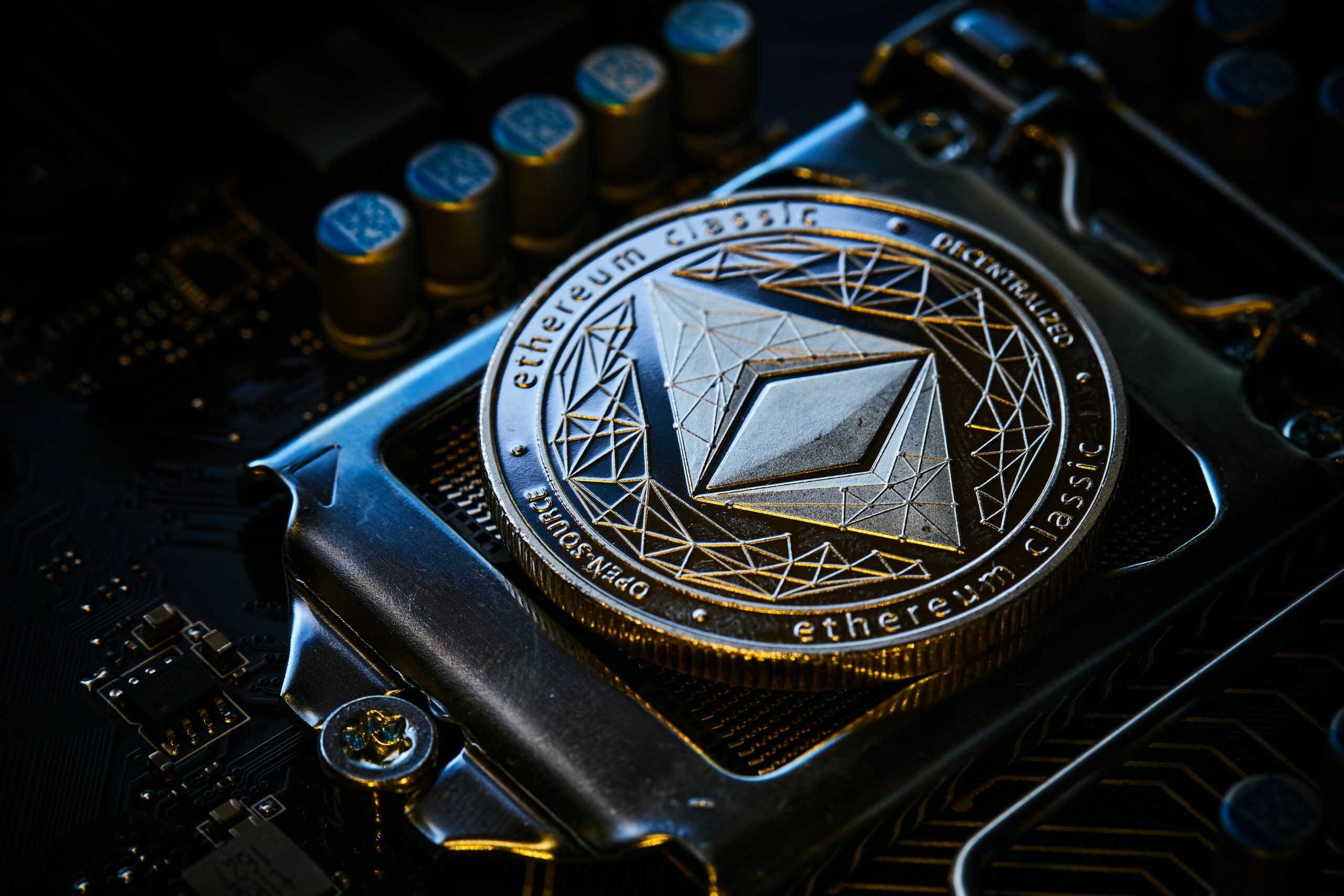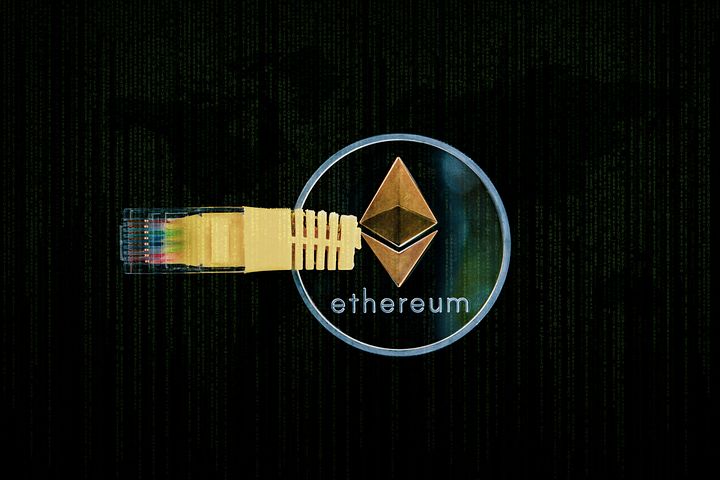A Guide to Understanding Ethereum’s Gas Fees
Gas fees are a crucial part of the crypto world. They are payments made to compensate for the computational work needed to complete transactions on a blockchain. However, it’s important to note that gas fees can have different names or functions depending on the blockchain you’re using. In this guide, we’ll be focusing on Ethereum’s Virtual Machine (EVM) and how gas fees work on this blockchain.
At the time of writing this guide, EVM is a Proof-of-Work Layer 1 blockchain, and its native coin is ether (ETH). This means that the work required to verify, validate, and complete each transaction is performed by miners, validators, and node operators. They receive ETH as a reward for their contributions to completing transactions. This style of consensus is called proof-of-work, and it involves the use of gas fees.
The larger the transaction, or the more block space it takes, the larger the gas fee will be. Gas fees can also increase significantly when the network is congested. Ethereum’s Yellow Paper provides a detailed explanation of why a Proof-of-Work style blockchain is necessary for Ethereum’s security and wealth distribution mechanism.
To calculate gas fees, Ethereum uses a base fee, which is based on the size of the transaction relative to the number of transactions processed in each block. There is a maximum increase of 12.5% in the base fee until the target block is reached, at which point the base fee increase resets, and the gas used in previous transactions is burned. It’s important to note that packing too many transactions into each block can cause gas prices to rise to an unfeasible rate and slow down the network. However, EVM is designed to prevent this from happening to ensure a stable ecosystem and protect consumers.
Overall, gas fees are a critical part of the Ethereum blockchain and help incentivize stakeholders to contribute to its security and reliability.
Gas fees are a necessary part of every transaction executed on the Ethereum Virtual Machine (EVM) because they pay the validators for executing the transaction. The gas fee is measured in Gwei, which is a unit of ETH. The gas limit must be at least 21,000, and it represents the maximum amount of gas that can be used for a transaction. The gas price (GWEI) is the smallest unit of ETH and is used to pay gas fees. The gas price can be adjusted in MetaMask, but the transaction may be rejected if the gas price is too low. Gas fees are calculated based on the amount of work required to execute a transaction, and the gas fee paid is used to compensate validators.




